SALMON
Known as “King of the Sea” and rising in popularity, salmon can be found in a multitude of applications in restaurant menus across the country.* The versatility of salmon makes this a popular alternative to proteins like beef or chicken for diners. In fact, 63% of diners indicate that they either love or like salmon.*
From cured and smoked for enticing breakfast options to grilled or seared salmon for salads, sandwiches and center-of-the-plate entrées, operators can get creative with offerings. Raw, sushi-grade salmon can commonly be found in sushi, poke and ceviche. Quickly gaining prominence are new preparations such as salmon burgers, salmon sausage, salmon jerky and salmon bacon.
Resources and tools like our Salmon Species Guide and COP Cooler Map are available to you 24/7 right on these pages, to assist with purchasing the best products for your operation.
*Datassential, 2024
Page contents:
How Salmon Is Raised | Regions of Origin | Species | Salmon Forms | Storage and Handling
HOW SALMON IS RAISED
Salmon comes in two primary varieties: wild-caught and farm-raised. While both offer delectable flavors and versatile culinary options, wild-caught salmon is harvested from their natural habitats, embodying a taste influenced by their diverse ecosystems. Farm-raised salmon is cultivated in controlled aquaculture settings, providing a more predictable size, flavor and texture.
Wild-Caught
- Salmon that have been harvested from their natural habitats in oceans, seas or other bodies of water
- Typically a more pronounced, natural flavor and firm texture
- Tend to have a lower moisture content, thus a relatively lower shrink – meaning they lose less moisture in the thawing and cooking process
- The supply quantity can vary throughout the year, which can lead to price fluctuations and often higher pricing
- Some responsibly sourced wild-caught products are certified by the Marine Stewardship Council (MSC)
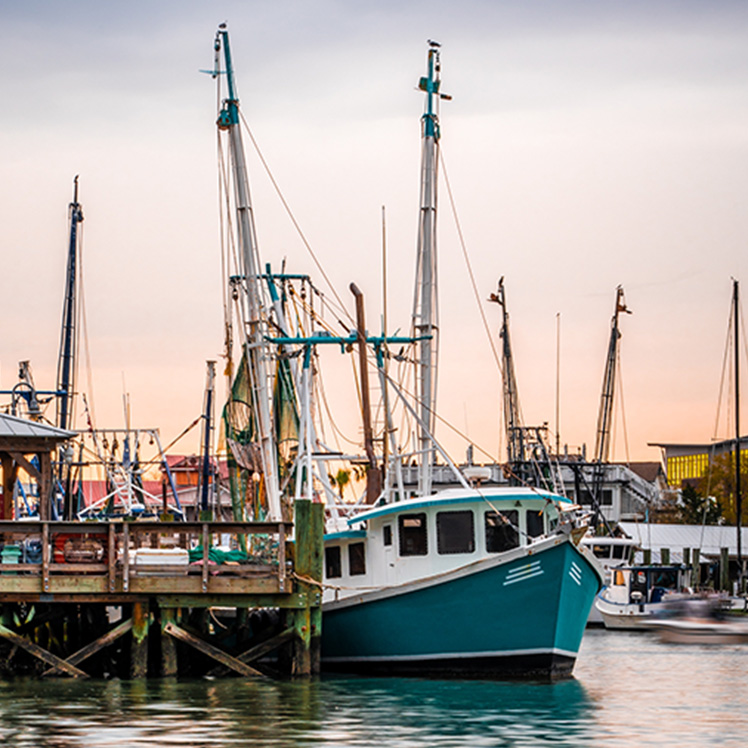
Farm-Raised
- Salmon that are raised in controlled aquatic environments such as ponds, tanks or raceways that are carefully managed to provide optimal conditions for growth
- Typically offers advantages such as consistent quality and year-round availability, which leads to a more economically priced option
- Some responsibly sourced farm-raised products are certified by the Best Aquaculture Practices (BAP)
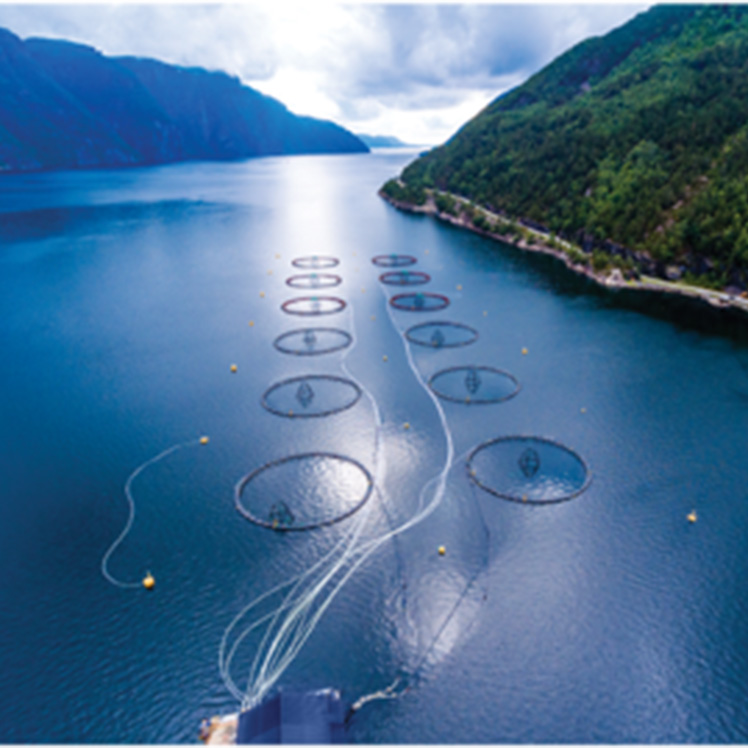
Regions of Origin
Regions of origin can be known for their distinct species, but environmental conditions such as salinity and water temperature can affect their flavor and texture as well.
Pacific Salmon
- Includes King (Chinook) Salmon, Sockeye (Red) Salmon, Silver (Coho) Salmon, Pink (Humpback-Humpie) Salmon and Keta (Chum) Salmon
- Flaky texture and rich taste
- Brightly colored flesh
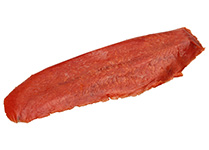
Atlantic Salmon
- According to the NOAA, all Atlantic Salmon sold commercially is farm-raised
- Usually slightly smaller and thinner than Pacific Salmon
- Firm texture and mild taste
- Flesh is light in color
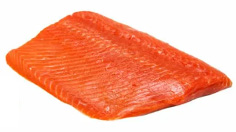
SPECIES
The variety of species of salmon lends to the versatility of this protein. Each species has its own unique characteristics and flavors that are brought out depending on the application. Grilled, sautéed, seared – there’s a delicious option to suit every palate and recipe.
King (Chinook) Salmon
- Largest-bodied species of Pacific salmon
- Pronounced, buttery, rich taste with large moist flakes and a delicate texture
- Deep orange to reddish flesh
- Wild-caught and farm-raised
- Often known and marketed by the name of the river system they come from
- Typically the most expensive of Pacific salmon species
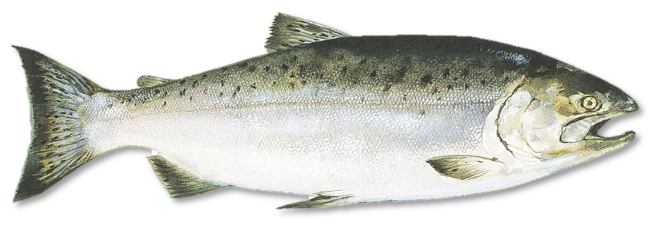
Sockeye (Red) Salmon
- Gourmet reputation due to its beautiful orange coloration and striking plate appeal
- Has a firm texture and is full flavored
- Consists of moderate to high oil content, which delivers excellent moisture retention
- All Sockeye salmon are wild-caught
- Traditional inclusion of the skin adds smoky notes to the flavor profile
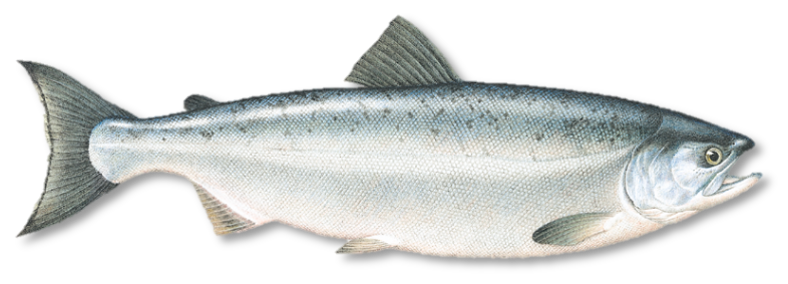
Silver (Coho) Salmon
- Delicate to mild flavor and flaky texture
- Reddish-orange flesh with excellent color retention
- Wild-caught and farm-raised

Pink (Humpback-Humpy) Salmon
- Smallest in size and most abundant of Pacific salmon
- Mild in flavor and small, flaky texture
- Meat tends to be lean, less oily and pink in color
- According to the NOAA, all pink salmon is wild-caught
- Often used in canning

Keta (Chum) Salmon
- Great value fish – one of the most popular and economically viable salmon species in the foodservice segment
- Prized for their delicate roe
- Mild flavor, firm and coarse texture
- Raw meat color is light pink to orange
- The typically lower oil content than other wild salmon species means it must be cooked carefully and at lower temperatures
- Ideal for casseroles and other dishes where color is not a consideration (saucy applications)
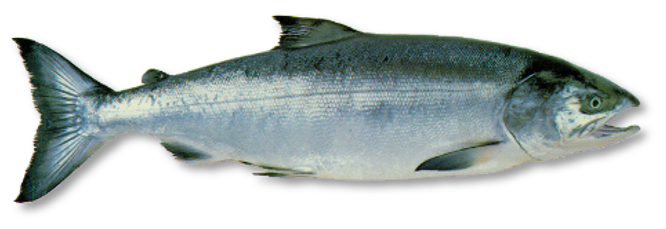
Atlantic Salmon
- Typically costs less compared to wild-caught salmon and accounts for the majority of salmon consumed in the U.S.
- Delicate, buttery and mild flavor and moderately firm texture with moist, large flakes
- Deep pink to red meat that retains its color when cooked
- Favored for both cold and hot smoking due to high oil content
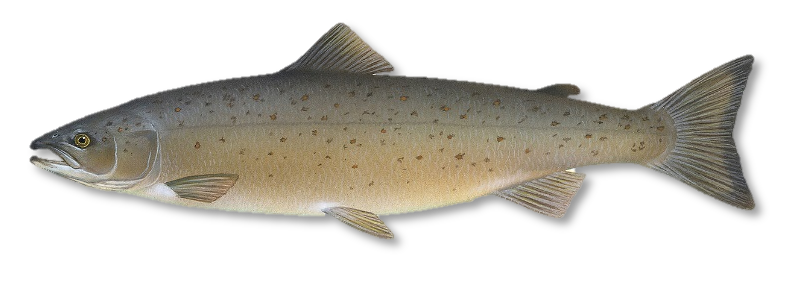
Salmon Forms
Round/Whole
- Completely intact, as caught
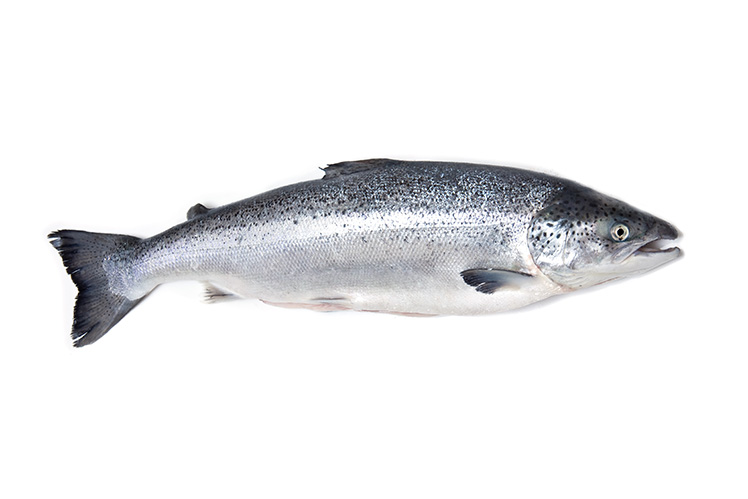
Whole Fillet/Side
- The full flesh content of the salmon from top to bottom and gill to tail
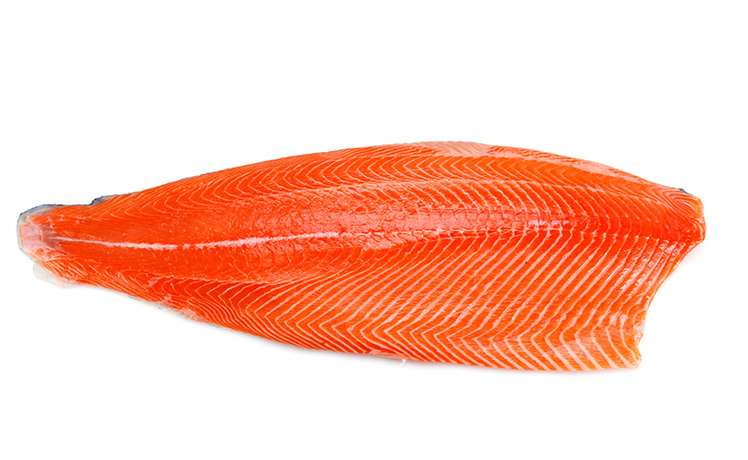
Portions
- A weight-targeted cut (usually 4, 6 or 8 oz.) of the salmon side
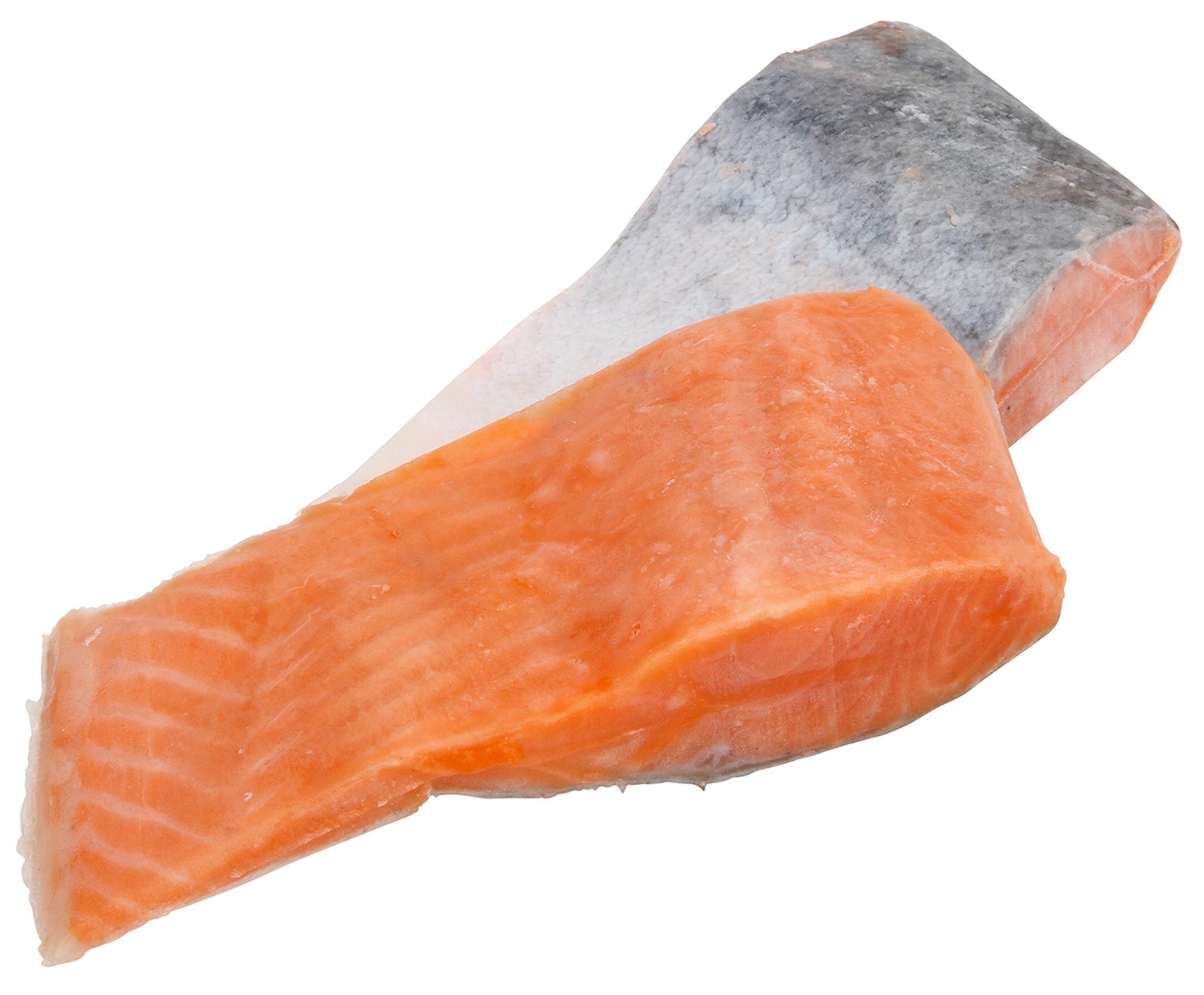
STORAGE AND HANDLING
- "Please reference the COP Cooler Map for the best ways to safely store and handle salmon. COP Cooler Map >>


